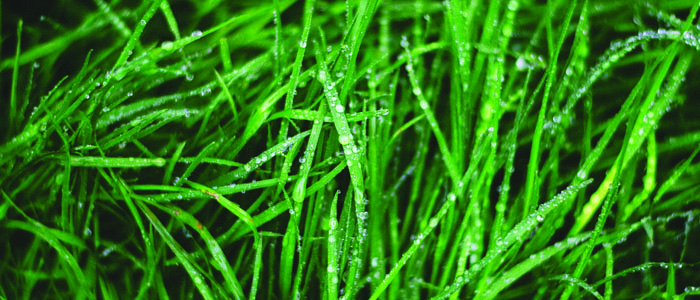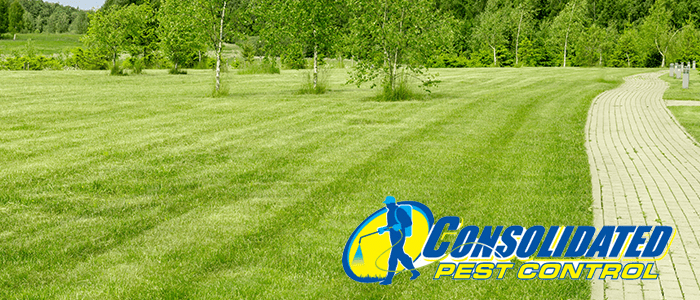
Tampa’s once-a-week watering rule, while well-intentioned for water conservation, presents significant challenges for homeowners trying to maintain healthy lawns. This restriction, combined with high temperatures and lack of rain, creates a complex situation that may inadvertently lead to increased lawn problems and potentially higher water usage in the long run.
The Water Dilemma
Lawns in central Florida, particularly St. Augustine grass, typically require more than once-a-week watering to thrive. The city’s restriction to once-a-week watering forces homeowners to apply larger amounts of water less frequently. This approach can lead to several issues:
- Infrequent and heavy watering encourages runoff and wasted water. A multiple-cycle run may be better for your soil.
- Increased runoff: Large volumes of water applied at once are more likely to run off rather than be absorbed, potentially wasting water and nutrients.
- Inconsistent soil moisture: Dramatic fluctuations between wet and dry conditions stress grass and create favorable environments for certain pests and diseases.
Remember that, on average, we receive 50 or more inches of annual rainfall in most parts of Florida. When rainfall is adequate to meet plant needs, supplemental irrigation systems should be turned off. Ideally, University of Florida guidelines call for watering lawns on an “as-needed” basis. This can be determined by observing the grass for signs of water stress, which indicate that water lost in transpiration is not being replaced and the plant’s needs for water are not being met. The signs to look for are:
- Leaf blades are folded in half lengthwise in an attempt to conserve water.
- The grass takes on a blue-gray tint rather than maintaining a green color.
- Footprints or tire tracks remain visible on the grass long after they are made.
In reality, many people leave their irrigation timer set to the same schedule without changing it seasonally. It is important to remember that plant water needs change throughout the year and that not resetting the timer can result in wasted water and poor plant health. It is also important to be aware of any watering restrictions, which might be set by the Water Management District or local government. The grass will show signs of its water needs. If it is drying out and you are only watering once a week (because of restrictions) with no help from rain, your turf will experience stress and damage! This damage, depending on how severe, may take weeks to months to recover.
How Much to Water
The amount of water applied each time you irrigate your lawn should not vary seasonally, though the frequency with which you water will change by season. An efficient watering wets only the turfgrass root zone, does not saturate the soil, and does not allow water to run off.
Florida soils are typically sandy and hold 1 inch of water in the top 12 inches of soil. If the roots are in the top 12 inches of soil and the soil is dry, then ½ to ¾ inch of water is required to wet the area thoroughly. Light, frequent watering is inefficient and encourages shallow root systems, which is not good. However, excessive irrigation, which keeps the root system saturated with water, is also harmful to the lawn. It is best to water less frequently but with greater volume. Ideally, watering twice a week when temperatures exceed 80 degrees will be sufficient to maintain a moist root zone.
A simple watering schedule would apply ½ to ¾ inch of water when the turfgrass begins to show drought stress symptoms discussed in the previous section. Once this amount of water is applied, do not apply again until drought is noticeable. If it rains, suspend irrigation until visible drought stress symptoms appear.
Unintended Consequences
The combination of water restrictions and increased disease risk may lead to:
- More frequent lawn replacements: As lawns struggle to survive under these conditions, homeowners may need to replace dead or severely damaged turf more often.
- Increased use of fungicides: To combat persistent fungal issues, more chemical treatments may be necessary.
- Higher water use in the long term: Establishing new lawns or rehabilitating damaged ones often requires more water than maintaining healthy turf.
- Soil compaction: Less frequent, heavier watering can lead to soil compaction, further stressing the lawn.
Balancing Conservation and Lawn Health
While water conservation is crucial, the current approach may be counterproductive. A more balanced strategy could include:
- Allowing more frequent but shorter watering sessions
- Promoting drought-resistant grass varieties
- Encouraging the use of smart irrigation systems
- Educating homeowners on efficient lawn care practices
Moving Forward
As Tampa grapples with water conservation needs, it’s essential to consider the long-term impacts of current policies on lawn health and overall water usage. A collaborative approach involving city officials, lawn care experts, and homeowners could lead to more sustainable solutions that protect both our water resources and our lawns.







